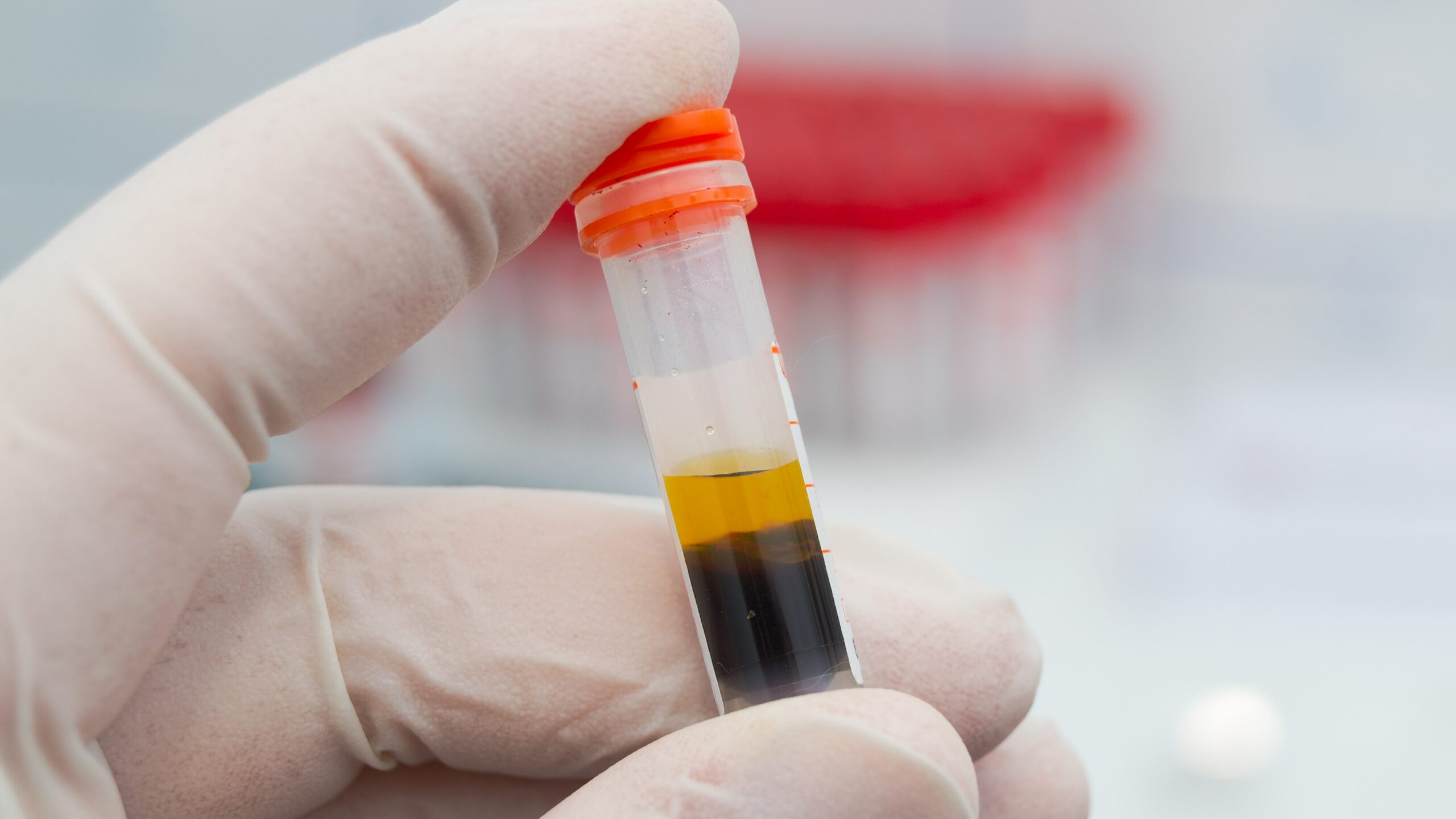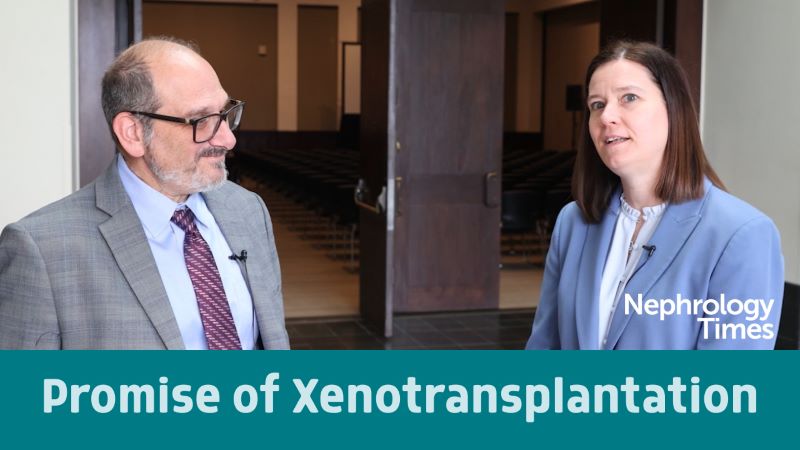
For patients with kidney failure, kidney transplantation remains the best treatment and is associated with positive survival and quality-of-life outcomes. The median waiting time for a deceased donor kidney transplant in 2019 in Australia was 2.1 years; more than 1000 patients were actively awaiting kidney transplantation. Live donor kidney transplants reduce the strain on waiting lists and are associated with shorter dialysis vintage and improved graft and recipient survival compared with deceased donor transplants.
Worldwide, the majority of living kidney donors are biologically related to their recipient, resulting in improved human leukocyte antigen matching but carrying an increased risk of recurrence of primary kidney disease.
According to Dong Yu, MD, and colleagues, there are few data available on the association between primary kidney disease and donor relatedness with kidney transplant outcomes. The researchers conducted a retrospective, observational study to examine clinical outcomes following kidney transplantation in a cohort of recipients of living donor kidneys as a function of primary kidney disease type and donor relatedness in Australia and New Zealand. Results were reported in the American Journal of Kidney Diseases.
The cohort included individuals who underwent kidney transplantation with allografts from living donors between January 1, 1998, and December 31, 2018, as listed in the Australian and New Zealand Dialysis and Transplant Registry. The study exposure was primary kidney disease type.
Type of kidney disease was categorized into majority monogenic, minority monogenic, and other primary kidney disease based on disease heritability as well as donor relatedness. The primary outcomes of interest were recurrence of primary kidney disease and graft failure. Hazard ratios (HRs) for the primary outcomes were generated using Kaplan-Meier analysis and Cox proportion hazards regression. Possible interactions between primary kidney disease type and donor relatedness for both outcomes were examined using a partial likelihood ratio test.
The study cohort included 5500 living donor kidney transplant recipients. Most of the primary kidney diseases (65.8%; n=3619) had no monogenic basis. Of the transplants, 3236 involved a living donor and 2264 involved a living nonrelated donor. More than half of the transplants occurred between immediate relatives (53.7%; n=2954), and 41.2% occurred between unrelated donors (n=2264).
Mean age of recipients was 42 years, 62.1% (n=3416) of the recipients were male, and 57.8% (n=2825) of the donors were female. Total follow-up time was 50,954.67 person-years. Median follow-up time was 8.928 years. Polycystic kidney disease contributed to 77.1% (n=794/1030) of majority monogenic primary kidney disease cases, and reflux nephropathy contributed to 63.5% (n=540/851) of minority monogenic primary kidney disease cases.
For people with majority monogenic primary kidney disease, living kidney transplant from relatives comprised a smaller proportion of the total transplants compared with those with minority monogenic kidney disease and other primary kidney disease (41.6% majority monogenic primary kidney disease vs 73.1% minority monogenic primary kidney disease and 60.5% other primary kidney disease).
Recurrence of primary kidney disease was seen in 407 cases (7.4%). The rate of primary kidney disease recurrence per 1000 person-years was 5.43 for majority monogenic primary kidney disease, 6.32 for minority monogenic primary kidney disease, and 10.07 for other primary kidney disease. The recurrence rate per 1000 person-years was 8.93 for immediate relatives (identical twin and first degree), 7.79 for distant relatives (second and third degree), and 8.07 for unrelated donors.
In univariate analysis, there were associations between reduced primary kidney disease recurrence and majority monogenic primary kidney disease (HR, 0.54; 95% CI, 0.40-0.74; P<.001) and minority monogenic primary kidney disease (HR, 0.67; 95% CI, 0.50-0.90; P=.01) compared with other primary kidney disease. Results remained significant in multivariable analyses (majority monogenic primary kidney disease, adjusted HR [aHR], 0.58; 95% CI, 0.42-0.79; P<.001; minority monogenic primary kidney disease, aHR, 0.64; 95% CI, 0.47-0.87; P=.004). There was also a dose-dependent effect present.
In univariable analyses, grafts from immediate relatives were associated with increased primary kidney disease recurrence (aHR, 1.25; 95% CI, 1.01-1.54; P=.04). However, this result was not statistically significant in multivariable analyses (aHR, 1.11; 95% CI, 0.84-1.47; P=.5).
In multivariable analysis, there was an association between increased recipient age and reduced primary kidney diseased recurrence; former smoking status was linked to increased primary kidney disease recurrence. Results of a partial likelihood ratio test did not show interaction effects between primary kidney disease type and donor relatedness on primary kidney disease recurrence.
There were 941 cases of graft failure (17.1%). For majority monogenic primary kidney disease, the graft failure rate per 1000 person-years was 15.1. The graft failure rates per 1000 person-years for minority monogenic primary kidney disease and other primary kidney diseases were 24.8 and 21.2, respectively. The graft failure rate per 1000 person-years was 22.3 for immediate relative donors, 27.6 for distant relative donors, and 17.1 for unrelated donors. Compared with other primary kidney disease, Kaplan-Meier curves showed improved graft survival for majority and minority monogenic primary diseases. Compared with distant relative and nonrelated donor transplants, Kaplan-Meier curves showed improved graft survival for immediate relative donor transplants.
The authors cited some limitations to the study findings, including potential misclassification of primary kidney disease type, incomplete ascertainment of primary kidney disease recurrence, and unmeasured confounding.
In conclusion, the researchers said, “Majority monogenic primary kidney disease was associated with reduced graft failure compared with other primary kidney disease. Donor relatedness was not associated with primary kidney disease recurrence nor with graft failure. There was no interaction between primary kidney disease type and donor relatedness in primary kidney disease recurrence or graft failure.
“Our findings inform the clinical care and prognostication of live donor kidney transplant recipients in terms of potential recipient and graft outcomes. This includes illuminating clinical scenarios for heightened focus on nonmonogenic primary kidney disease and managing underlying comorbidities. These findings are important for counseling with regard to outcomes after live donor kidney transplantation for potential recipients in the context of their individualized primary kidney disease and donor source.”







 © 2025 Mashup Media, LLC, a Formedics Property. All Rights Reserved.
© 2025 Mashup Media, LLC, a Formedics Property. All Rights Reserved.